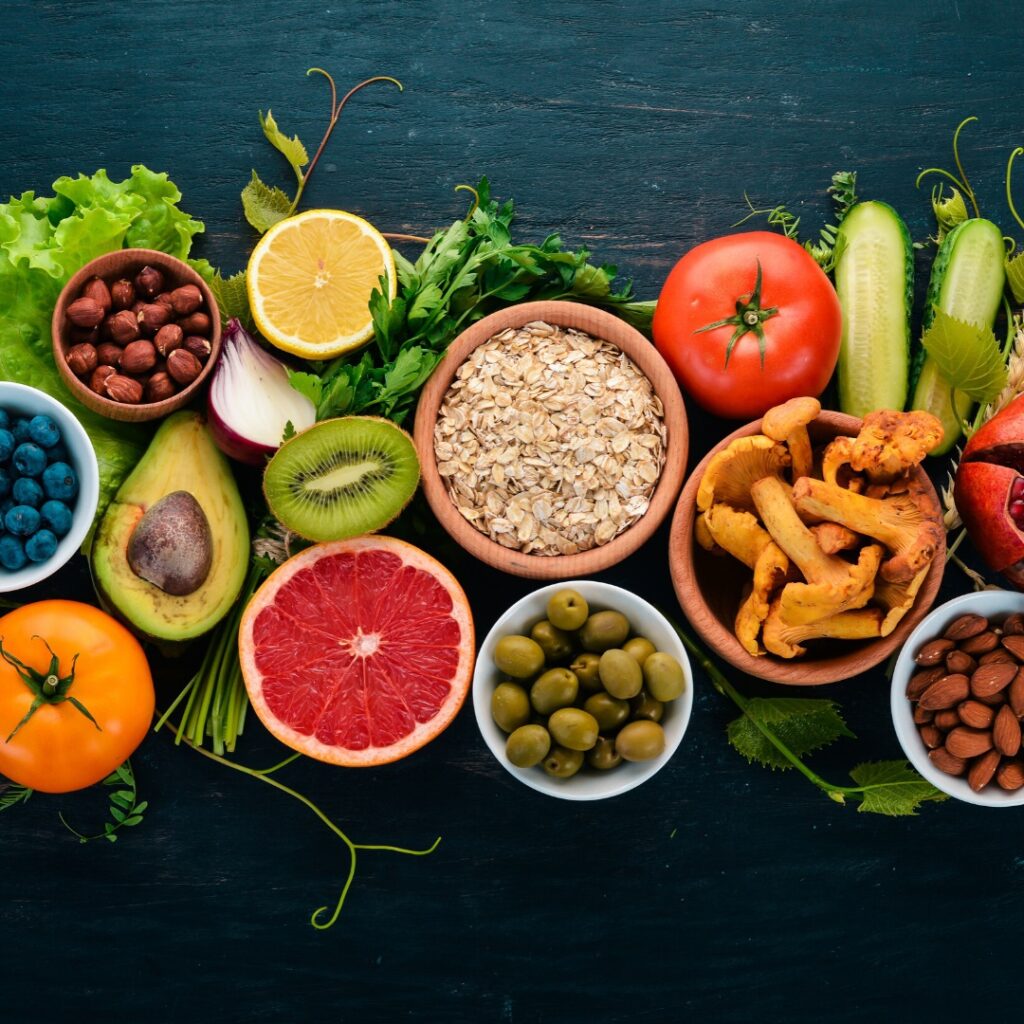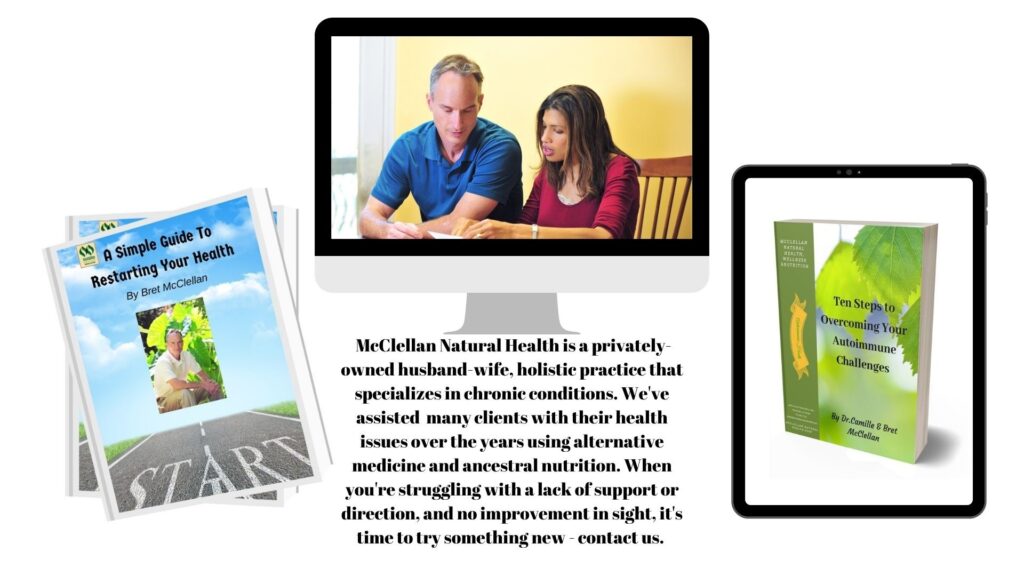Antioxidant and Free Radicals
What are free radicals? Why are they damaging to the human body? And how does vitamin E and the other antioxidant nutrients help protect the body against free radical damage?
In this article, we will attempt to answer all your questions about antioxidant and free radicals, plus help you understand why it is so important to include rich sources of antioxidant nutrients in your daily diet.
A Little Background on Chemical Bonding
When talking about antioxidant and free radicals, we can’t help but touch a little on biochemistry. You probably remember from your old high school days that the human body is composed of many different cells and each cell is composed of many different molecules. Molecules consist of one or more atoms of one or more elements joined together by chemical bonds.
A typical atom is comprised of a nucleus – neutrons, protons, and electrons. Electrons are those negatively charged particles that orbit the cluster of protons in an atom. When there are eight electrons in an orbit, it means that that particular orbit (or shell as it is called) is full which further means the atom is stable. Stable atoms tend not to enter into chemical reactions. Because atoms seek to reach a state of maximum stability, an atom will try to fill its shell with electrons by:
- Gaining or losing electrons to either fill or empty its outer shell•
- Sharing its electrons by bonding together with other atoms in order to complete its outer shell
Free Radicals: The Formation
The free radicals are formed when weak bonds between atoms are split. Free radicals contain an odd, unpaired electron which causes them to be very unstable and react quickly with other compounds. Because it is the nature of free radicals, which is basically an atom with an unpaired electron, to achieve stability, they will try to do so by capturing the needed electron from other molecules.
When the free radicals steal electrons from a stable molecule, that molecule will become a free radical itself, beginning a chain reaction. Once the process of free radicals formation is started, it can cascade, finally resulting in the disruption of a living cell.
Antioxidants: Natural Enemies of Free Radicals
Antioxidants such as vitamins C and E are thought to protect the body against the destructive effects of free radicals. What antioxidants do is neutralize the free radicals. Antioxidants do this by donating one of their own electrons, thus ending the electron-“stealing” reaction.
Antioxidant Food List
You’ve probably heard of the saying “An apple a day keeps the doctor away.” Well, the same thing can apply to cherries and blueberries as well.
Just recently, the U.S. Department of Agriculture has come up with its top antioxidant food list. In this antioxidant food list, nutrient scientists rated the “total antioxidant capacity” of individual foods.
The antioxidant-rich foods contained in the antioxidant food list are those that score above 2,000 in terms of antioxidant capacity. Here are 12 of these foods that should make it to everyone’s antioxidant food list.
Antioxidant Food List: The Fruit Category
In the antioxidant food list fruits category, among the fruits that topped the list are prunes or dried plums, blueberries, and cherries. These three fruits were said to contain the highest concentration of antioxidants out of all fruits tested.
“Summer is the best time to just load up on all these healthy foods that are in season,” registered dietician Lauren Niemes said “and so good this peak season when they are locally grown.”
Antioxidant Food List: The Vegetable Category
Lots of vegetables made it to the antioxidant food list but among those that crowded the top spot are artichokes, red cabbage, and russet potatoes. Beans and Brussels sprouts were also touted to have a large amount of antioxidant capacity.
Antioxidant Food List: The Nut Category
Out of all nuts, pecans, walnuts, and hazelnuts are the nuttiest. Pecans especially were said to contain the most number of antioxidant compounds and definitely made it to the top of the antioxidant food list.
Niemes said that scientists have recently discovered new sources of antioxidants. “While we think of a lot of antioxidants are found vitamins A, C, and E…scientists are discovering there are lots of other things in foods that have antioxidant properties,” she said.
Before, our antioxidant food list only contained fruits and vegetables rich in the above-mentioned vitamins and some minerals, such as selenium. Now, the antioxidant food list is admitting more and more fresh produce that didn’t make it to the previous cut.
Oregano, cinnamon, and cloves are among the spices that are included in the antioxidant food list.
Antioxidants are said to act on free radicals that cause damage to the cells. By stopping free radicals from multiplying and turning other healthy molecules into free radicals themselves, antioxidants help prevent caused by massive free radical damage.
Antioxidants have been linked to the treatment or prevention of cancer and heart disease. They are also said to reverse memory loss. Though studies are for the most part inconsistent with antioxidant supplements, there is no arguing the benefits of antioxidants found naturally in fruits and vegetables we eat every day.
Antioxidant Anti-Aging
You have probably heard about antioxidant antiaging before. And if you have, then you probably know about free radicals as well. But do you understand what they do? If not, then read on.
What is antioxidant anti-aging therapy?
Modern theories of aging are generally looked at in two theoretical ways – the damaged theories and the programmed theories.
The damage theories of antiaging primarily look at the damage that our cells incur over time. Hence, this aspect of antioxidant anti-aging therapy focuses more on extrinsic aging, which is the aging process compounded by externally caused factors.
On the other hand, the programmed theories are primarily concerned with the genetics of how long and how efficient our cells can maintain optimum health. This antioxidant anti-aging therapy looks at intrinsic aging which is aging due to the rate of passing time.
What are the benefits of antioxidant antiaging?
According to scientific studies, one of the most significant factors contributing to the aging process is chronic inflammation. These are the identifiable inflammatory diseases which the body develops as we age.
Chronic inflammation leads to damage in the cells of our brain, heart, arterial walls, and other body structures which are attributed as the cause of such illnesses as heart disease, Alzheimer’s, senility, Parkinson’s, rheumatoid arthritis, psoriasis, prostatitis, stroke, and a few other diseases brought by aging.
Antioxidant anti-aging therapy is actually a combination of different therapies used to slow and/or reverse human aging. With the possible exception of longevity medicine, antioxidant antiaging is one of the fastest growing segments of medicine.
How antioxidant anti-aging works
As you process food for energy, your body produces substances that are highly unstable. The process is called oxidation and the substance produced is called “free radicals.” Because of their highly unstable nature, free radicals increase damage to cells of the body, thus contributing to the aging process.
In order to neutralize these free radicals, your body uses certain vitamins, minerals, and enzymes – collectively known as antioxidant antiaging. All these nutrients come from the food you eat, but they may also be available as supplements in the form of pills or capsules.
Some antioxidant anti-aging you might have heard of include:
- Vitamin A
- Vitamin B-6
- Vitamin B-12
- Vitamin C
- Vitamin E
- Beta carotene
- Folic acid
- Selenium
All these antioxidant antiaging can be found in the food that you eat every day. The best sources are usually fresh fruits and vegetables. If you can’t obtain all the antioxidant anti-aging nutrients that you need from food, your doctor may recommend using supplements to make up for any deficiencies.
Camille McClellan, MD, DNM, MBS
Naturopathic practitioner
McClellan Natural Health, Wellness & Nutrition
Free Naturopathic/Homeopathic Consults Available

